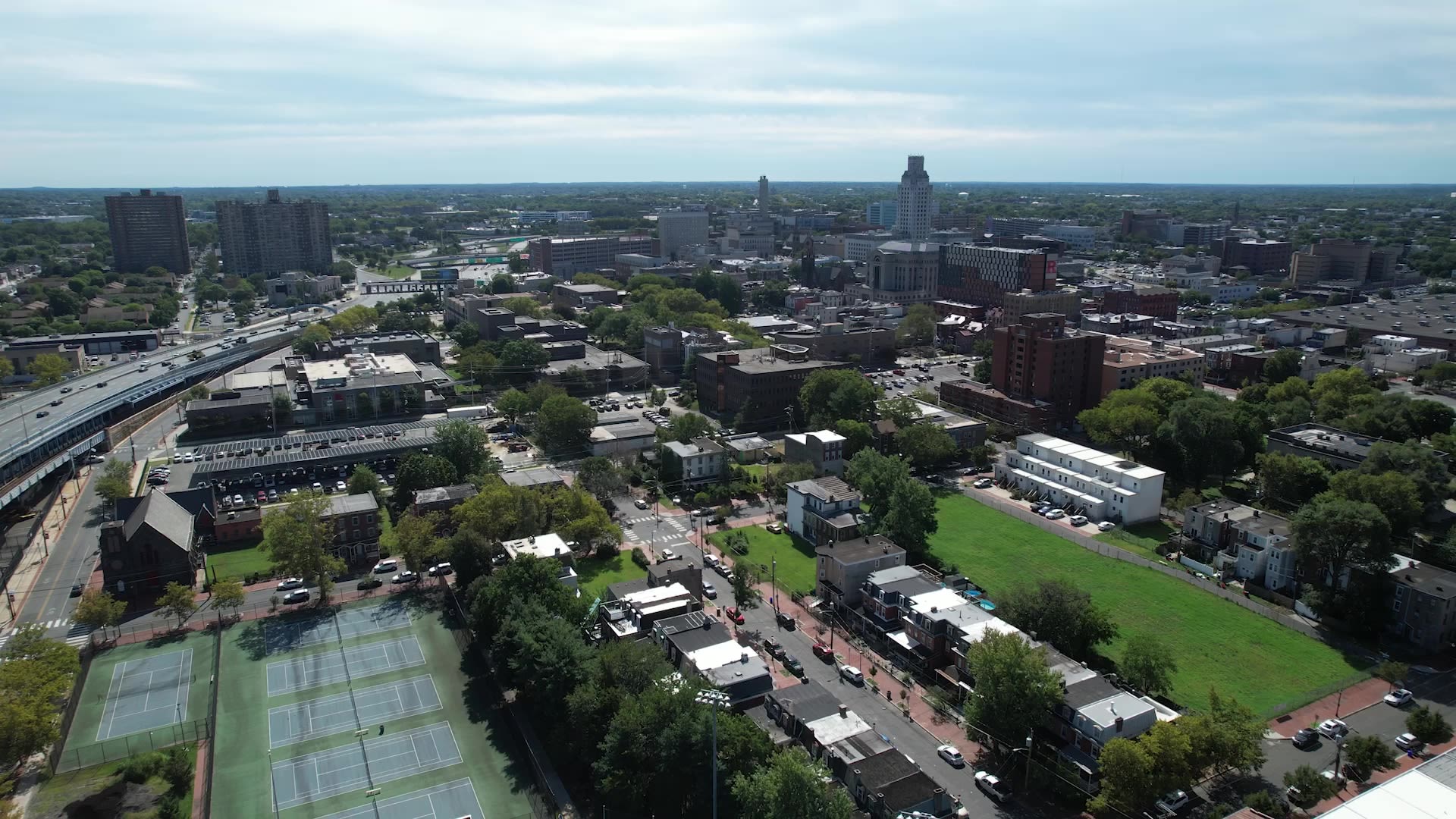Home From the Start
Scarlet Raptor Welcome orientation activities aim to instill a sense of belonging

At this fall’s annual Scarlet Raptor Welcome—Rutgers University in Camden’s official orientation program for its new students—the stage for the event was intentionally rotated to feature the campus as a backdrop. (In previous years, the Philadelphia skyline across the Delaware River was visible beyond the stage.)
While subtle, it was a message to the students joining the community: This is your home.
The data is consistent: The deeper college students immerse themselves in life on campus, the higher their chance of a smooth journey to graduation and a walk across the platform (and into the “real world”) with diploma in hand. It’s no surprise, then, that Rutgers–Camden’s Division of Student Affairs is committed to ensuring students truly feel at home from the moment they set foot on campus.
“Whether a student lives on campus or commutes here, if we don’t meet them where they are and help them get involved, we’re missing the mark,” said Allison Wisniewski, who serves as Rutgers–Camden’s campus dean of students, executive director of student life, and Title IX coordinator; she has worked on campus since 1997. “More than four decades of research supports that engagement outside the classroom is a true marker for increased retention and graduation rates. It also helps our students become better people overall, and their holistic development is enhanced by being involved.”
Vice Chancellor Mary Beth Daisey, who oversees all student-affairs programming and nearly 70 full-time employees (along with a total workforce of more than 120, including student workers and part-time coaches within the 15 departments) champions the same approach.
“We want our students to feel at home, and also to be comfortable asking different campus offices for help and connecting with their peers as soon as they can,” Daisey said. “All our students balance multiple priorities while they are here; some have families, some have jobs, and they all have school work.
“The tenacity and work ethic of our students is so inspiring—both our student leaders, who have ideas they want to implement to improve this community, and the students who struggle during their journey here. Struggle is a part of life, and it can be a life lesson you carry with you forever. Our students work hard and really care about their fellow students and want to make things better for the students who will follow them here.”
Among the tangible campus examples of students working to help solve problems for their peers is the newly expanded and renamed Scarlet Raptor’s Nest food pantry, which celebrated a grand re-opening in September when its larger footprint opened in the on-campus Camden Apartments complex. The food pantry began serving students in 2017 as a project of the Student Wellness Center, and has provided critical support to those wrestling with food insecurity ever since. (Food insecurity is a concern for college students nationwide; an estimated 20 percent of those attending college lack consistent access to adequate nutrition.)
“If we’re able to help meet the needs of a student, it’s one less thing a student has to worry about,” Wisniewski said. “Food and money are constant stressors for students, and if we can alleviate some of those concerns for them, they can focus more on simply being college students.”

Design: Douglas Shelton
Photography: Ron Downes Jr.
Drone Footage: Paul Gogliormella
